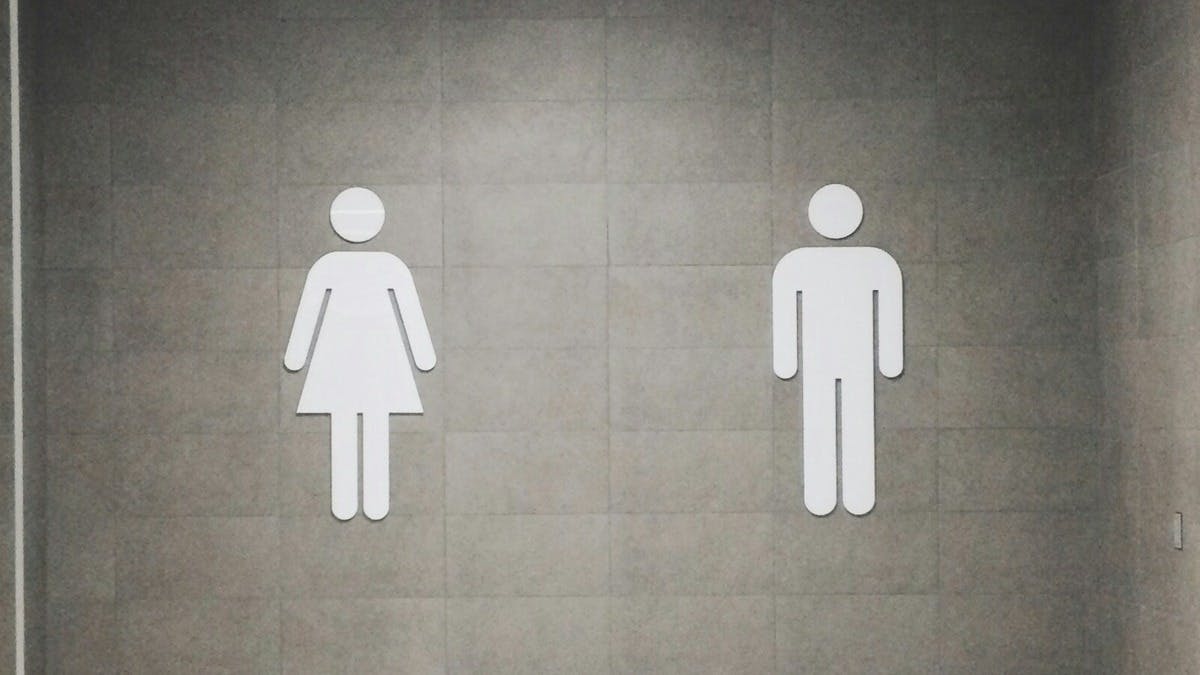New data has exposed the glaring gender pay gap prevalent in some of Australia’s top corporations, including Commonwealth Bank, national carrier Qantas, and oil and gas explorer Woodside.
The gender pay gap at these companies surpasses the national average of 19%.
This revelation comes after the government mandated firms with over 100 employees to disclose the pay of male and female staff, in accordance with legislation passed in March 2023. Despite years of discourse from governments and corporations about narrowing the gender pay gap, the report underscores the significant disparity in earnings between men and women at major Australian employers.
According to the Workplace Gender Equality Agency (WGEA), the median total remuneration gap for 2022/23 stands at 19% in favor of men. The difference in median base pay is 14.5%, while in average total pay, it reaches 21.7%. Alarmingly, only one-third of companies fall within the target range of a median gender pay gap between -5% and +5%.
Minister for Women Katy Gallagher emphasized the urgent need for change, expressing concern over the prevalence of gender pay gaps in two-thirds of businesses. She stressed the importance of driving organizational change to ensure women receive fair opportunities and to gradually close the gender pay gap over time.
Australia’s leading banks and energy firms, including Commonwealth Bank, AGL, and Woodside Energy, exhibit some of the widest gender pay disparities. For instance, Commonwealth Bank reported a median total remuneration gender pay gap of 29.9%, while AGL and Woodside Energy registered gaps of 33.2% and 30.2%, respectively.
On the contrary, supermarket operator Woolworths, one of the country’s largest employers, boasts a narrower gap of just 5.7%.
Holding Redlich has achieved an impressive gender pay gap of only 2.1%. The firm stands among the top 30% of Australian employers whose median gender pay gap falls within the target range of -5% to +5%. This is in stark contrast to the 62% of employers where the median gender pay gaps favour men by over 5%.
Unsurprisingly 61% of Aussie women could quit
Over half (61%) of Australian women would consider leaving their job if they find out that their organisation has a gender pay gap — regardless of how big the gap is — according to new research by HR tech unicorn HiBob. Surprisingly, 36% of men also express a willingness to leave, signalling a growing sense of solidarity and shared concern regarding pay disparities in the workplace.
The finding comes just days before the Australian government’s Workplace Gender Equality Agency (WGEA) is due to start publishing the gender pay gaps of private-sector organisations with more than 100 employees on the 27th February 2024.
The publication of gender pay gaps looks to be the final straw for many women in the workplace, with fewer women (36%) compared to men (55%) saying that organisations are doing enough to close the gap. A third of women (31%) go as far as to say that their organisation will never prioritise closing the pay gap.
As for what would encourage women to consider a new job at a new company, pay has rocketed to the top of the list of reasons, with 78% saying they’d consider a new job for more money (up from 36% last year). Pay is then followed by a strong and healthy company culture (43%), then flexible work models (42%), and a clearer path to promotion (36%).
These are the findings from HiBob’s third annual Women in the Workplace report, which surveys around a thousand men and a thousand women in Australia to uncover the many issues women face in the workplace. The research assesses pay, job progression, leadership, job security and more, at a time when the country faces economic uncertainty.
Nirit Peled-Muntz, chief people officer at HiBob, said: “Pay is the foundation of the relationship between employees and employers — and if there’s a gap between genders, nothing damages that relationship more.
“I don’t believe organisations deliberately set out to pay one gender more than another, but we do have a problem in Australia, and it’s something organisations need to prioritise fixing. Because not only is pay equality fair, it helps improve profitability. Research by McKinsey says that companies with the highest levels of gender and ethnic diversity are 15% and 35% more likely, respectively, to have financial returns above their industry’s average.”
As for potential ways organisations could solve the gender pay gap, more than four in five (83%) women say that organisations should conduct annual pay equality audits, and a further four in five (84%) say that organisations should conduct performance and promotion audits annually to ensure they’re being done fairly.
84% of women also say organisations should promote and support diversity in leadership, and 79% say organisations should make diversity a core business value and foster an inclusive culture.
Peled-Muntz continues: “Fixing the gender pay gap is the big ‘people challenge’ of our time, but an organisation can’t fix it if it doesn’t have the right employee remuneration data easily to hand. Getting that information is key to understanding why a gender pay gap exists within an organisation so you can take steps to rectify it.”
The research also finds that pay is just the tip of the iceberg regarding the challenges facing Australian women in the workplace. 40% of women believe that men are promoted more often or quicker than women within their company, (compared with 18% of men who think this), indicating a huge disconnect in perceptions between genders. One in four women (26%) say that a colleague has made them feel uncomfortable or less qualified in the workplace based on their gender.
Keep up to date with our stories on LinkedIn, Twitter, Facebook and Instagram.

